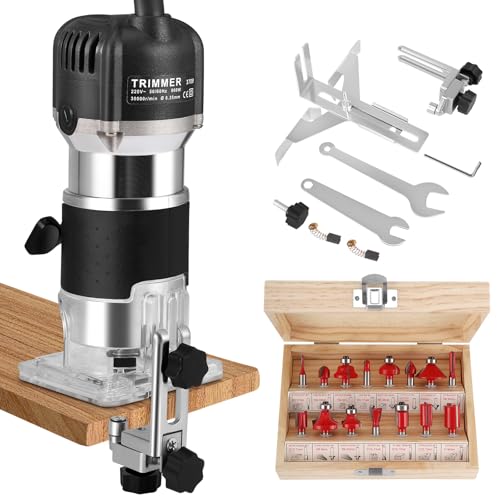Indeed! I’m having to restrain myself from running out and buying stuff I don’t need! Too much YouTube viewing!
Eventually, if you're making things, the desire to make them instead of buying them creeps up - and then you're left with piles of things that you purchased and don't need and selling it isn't that much fun (though it's not hard with quality goods). "it" being the commercial stuff.
If I ever criticized anyone for buying anything woodworking related, lightning would strike within 15 seconds - even on a clear day.
































